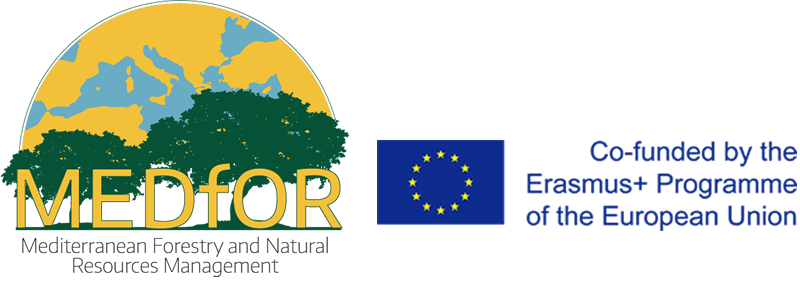Forest Habitat Mapping of Castelporziano Natural Reserve with PlanetScope Multispectral Data and Supervised Classification Method
Sisile Chowdhury 2023. "Forest Habitat Mapping of Castelporziano Natural Reserve with PlanetScope Multispectral Data and Supervised Classification Method". Master Thesis. The University of Tuscia.
Supervisor: Dr. Anna Barbati, Associate Professor, University of Tuscia
Summary:
Up to date and accurate forest habitat maps are vital for monitoring changes in forest vegetation. To understand and quantify the impacts of increasing pathogen attacks and climatic changes in European forest habitats, accurate information on the occurrenc e and distribution of forest stands is needed. Our study aims to produce a forest habitat map of Castelporziano Natural Reserve (6200 ha) located in Southern Italy by the Supervised Classification of PlanetScope (3m × 3m) daily satellite data. Eleven fores t habitat classes are considered in the mapping exercise: Pine stands, Maquis, Thermophilous oak forest, Thermophilous oak forest with C. orientalis , Thermophilous oak forest with maquis, Fraxinus forest, Mesotrophic and Eutrophic oak forest, Mesotrophic a nd Eutrophic oak forest with C. orientalis , Mesotrophic and Eutrophic oak forest with Maquis, Q. suber and, Q. ilex and Q. rotundifolia . As PlanetScope collects spectral responses over eight spectral bands in the Visible and Near Infrared Region every day, the study assumes that a time series of the band, most important for vegetation classification (Band 8 Near Infrared Region) or a time series of the vegetation index most widely used to quantify vegetation greenness (Normalized Difference Vegetation Index NDVI) would be sufficient input data for forest habitat mapping. To perform the supervised classification method, we used a decadal time series of NDVI and NIR bands and a non parametric Random Forest (RF) model for the years 2021 and 2022. For ref erence data (Ground truth) we considered the EUNIS habitat classification map available for the Castelporziano Natural Reserve which was produced by visual interpretation of high resolution imagery and field survey. The randomly collected sample areas for each class covered about 0.3% of the study area (20250 pixel per class) among which 70% were used as training samples and 30% were used as validation samples. Our results show that the target forest habitat types in Castelporziano Natural Reserve can be ma pped with PlanetScope multi temporal imagery by obtaining a 78% overall accuracy maximum. We obtained 78%, 72%, 68%, and 63% overall accuracy for stacked images of NDVI_2021, NDVI_2022, Band 8_2021, and Band 8_2022 respectively. User accuracy for the RF mo del providing best results ranges from 65% to 84%, and producer accuracy from 57% to 87%. So, we can say that the vegetation index (NDVI) performs better than the NIR (Near Infra Red) band to differentiate among different vegetation classes. The best deca des we identified to delineate among different vegetation classes belong to spring and autumn.



